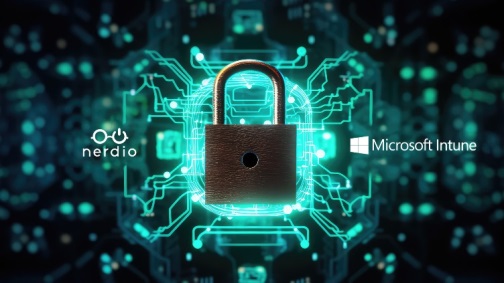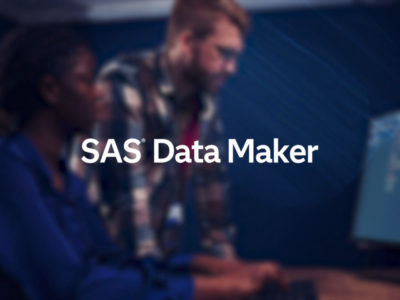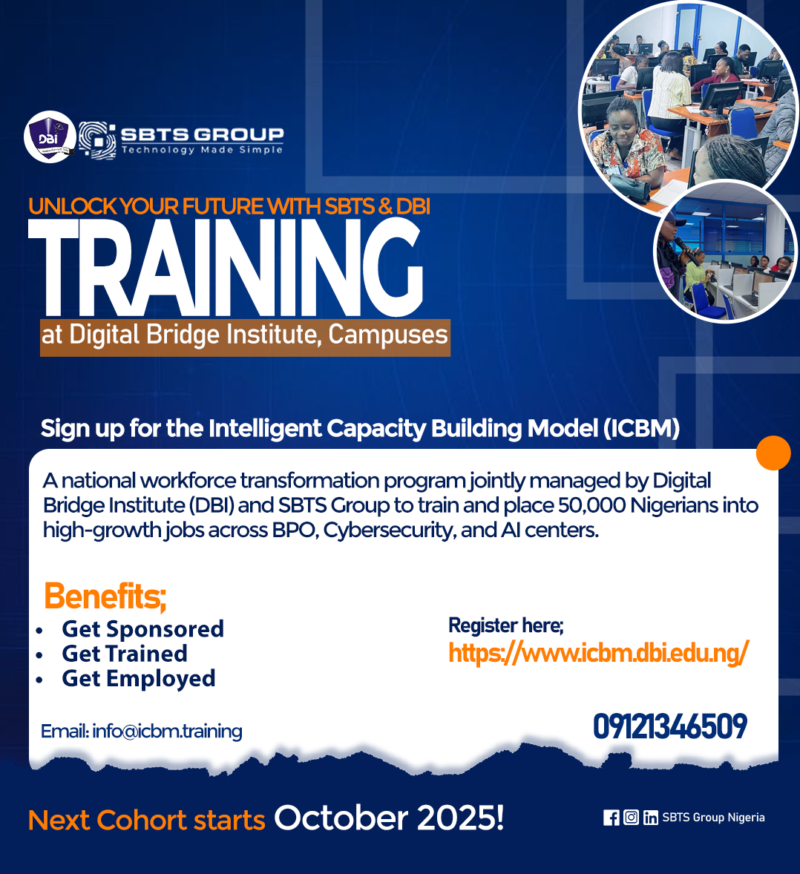By Argantic director Garry Ackerman
With artificial intelligence (AI) changing the way industries work, IT teams are under increasing pressure to find a balance between embracing new technologies and keeping systems safe. While AI promises to enhance efficiency and decision-making, its rise also amplifies data security challenges, particularly as organisations grapple with managing devices and tools that access sensitive corporate information.
RELATED: Dzidonu: In the age of AI, the more you know, the less you know; the more you do, the more you can do
AI tools, from generative models to predictive analytics platforms, are transforming workflows across sectors. However, these advancements come with a caveat: the same technologies that streamline operations can inadvertently expose critical vulnerabilities.

Argantic director Garry Ackerman
The risk of data leakage, either through misconfigured tools or unsanctioned device access, looms large, forcing IT leaders to rethink how they manage endpoints in an AI-driven world.
The problem is compounded by shadow IT, where employees use unapproved applications to boost productivity. While these tools may seem harmless, they can bypass security protocols, making organisations susceptible to breaches. High-profile incidents, like sensitive information being unintentionally exposed via AI tools, underscore the need for robust safeguards.
Why device management is the first line of defence
Managing the devices that access corporate data is no longer optional; it’s essential. Each smartphone, laptop, or tablet connected to the enterprise network represents a potential entry point for cyber threats. Without proper oversight, these endpoints can become vectors for unauthorised data access, malware, or phishing attacks.
This is where Microsoft Intune comes into play. As a leading endpoint management solution, Intune enables IT departments to monitor, secure, and control devices across the organisation. By providing a unified platform for managing user access and enforcing security policies, Intune helps ensure that corporate data remains protected, regardless of where it’s accessed.
Benefits of Microsoft Intune for modern IT security
- Centralised device control
Intune provides IT administrators with a single dashboard to manage all devices within the organisation. This visibility is crucial in the AI era, where employees often use multiple devices for work.
2. Conditional access policies
With Intune, organisations can set up granular access controls, ensuring that only compliant devices and authenticated users can interact with sensitive data. This reduces the risk of AI tools inadvertently accessing or sharing restricted information.
3. Real-time threat detection
Intune integrates seamlessly with Microsoft Defender, enabling proactive threat detection and response. As AI tools proliferate, this capability becomes invaluable in identifying anomalies that could indicate potential security breaches.
4. Secure app deployment
Organisations can use Intune to push updates, enforce app permissions, and ensure that AI applications adhere to corporate security standards.
5. Streamlined compliance management
Intune supports regulatory compliance by automating tasks such as device encryption, patch management, and data classification enforcement. These features help IT teams align AI adoption with industry standards and legal requirements.
The road ahead
As AI continues to improve, its integration into business workflows will accelerate. To harness its potential while mitigating risks, organisations must prioritise endpoint security and data governance. Tools like Microsoft Intune will be indispensable in this journey, offering the control and flexibility.
IT departments must act now to:
- Implement comprehensive device management strategies
- Foster collaboration between compliance, security, and operational teams
- Leverage AI responsibly, ensuring it enhances rather than jeopardises enterprise security
By adopting solutions like Microsoft Intune, businesses can not only safeguard their data but also position themselves as leaders in the responsible use of AI. The age of AI is here, and with the right tools and strategies, it can be a transformative force for good.





























